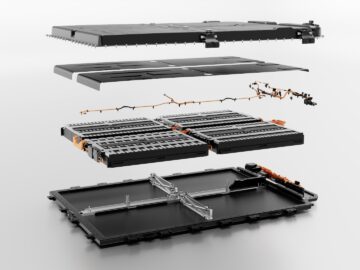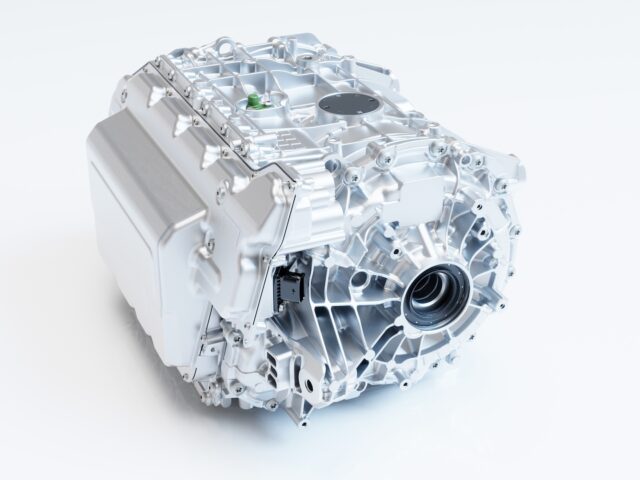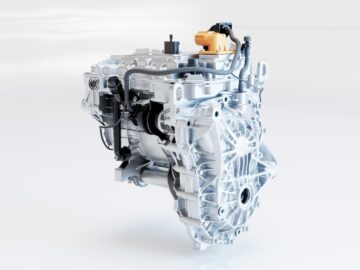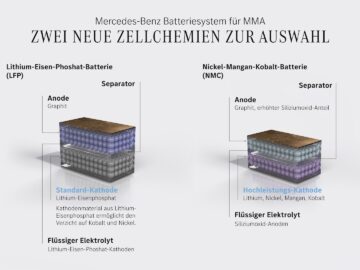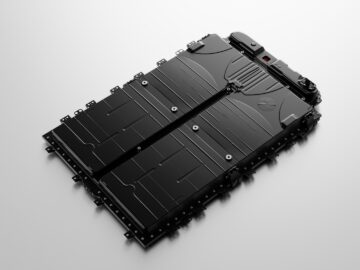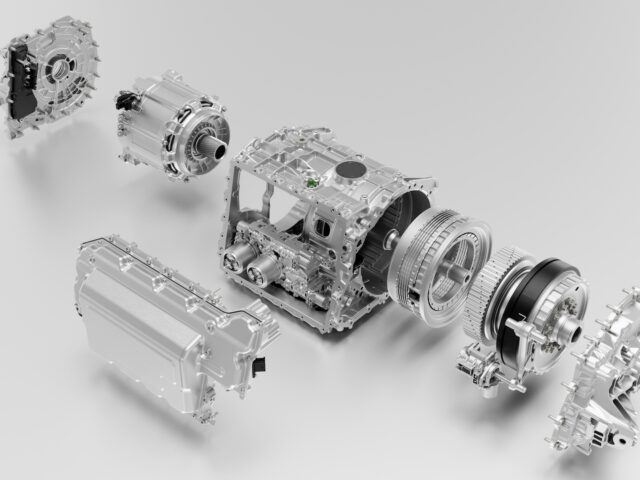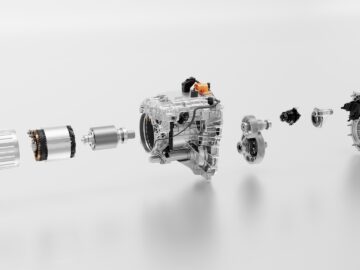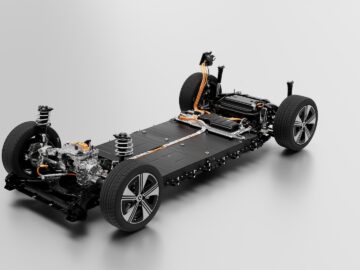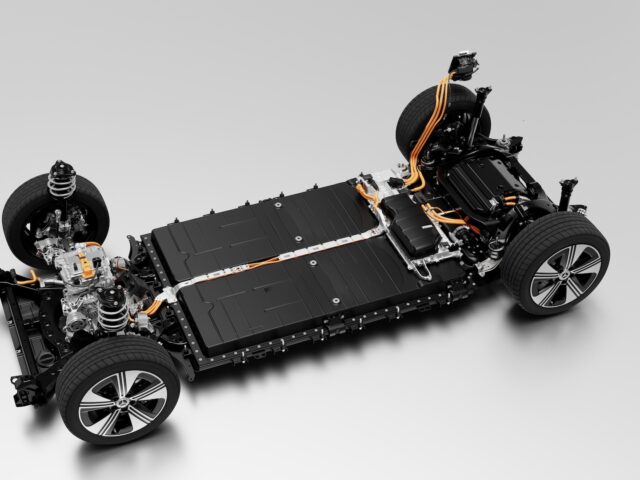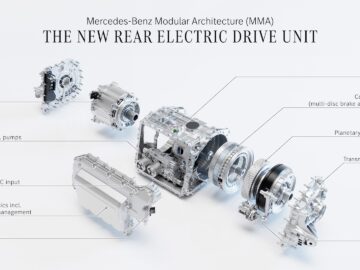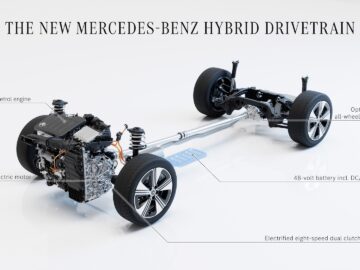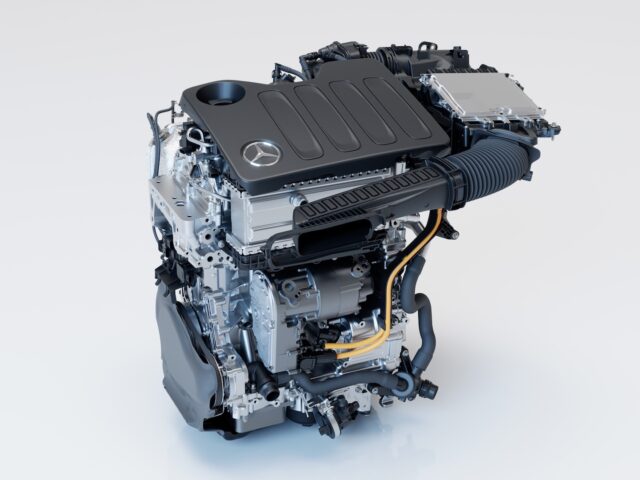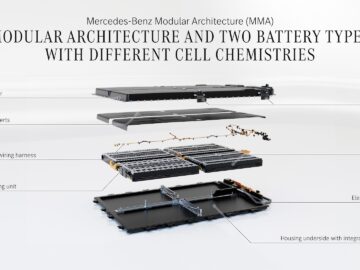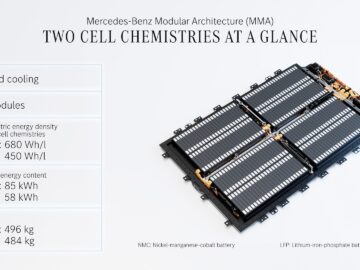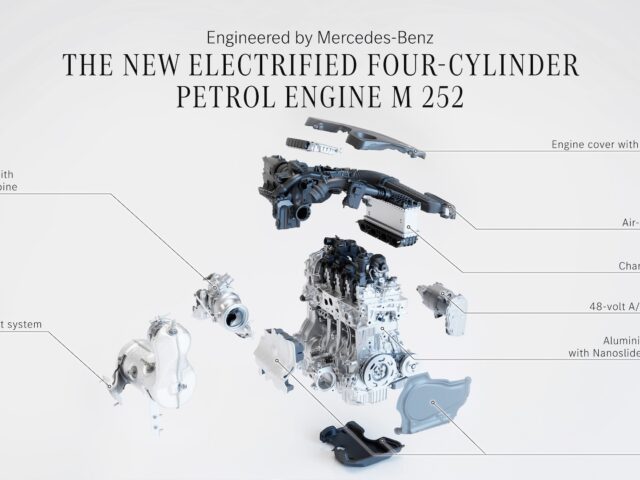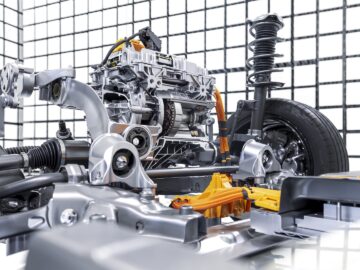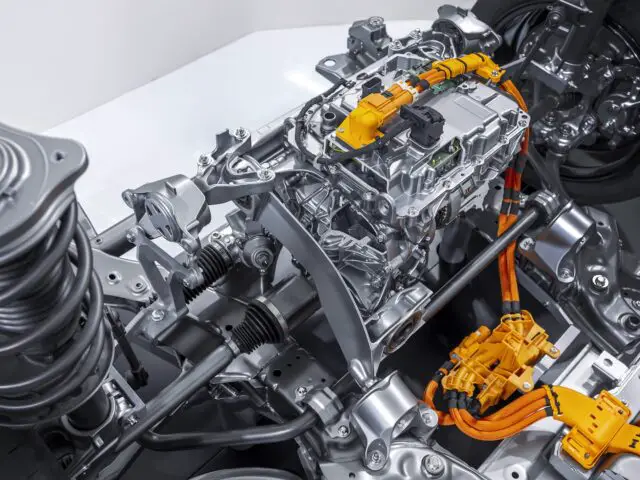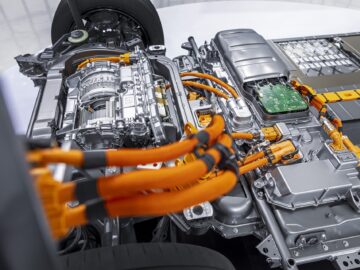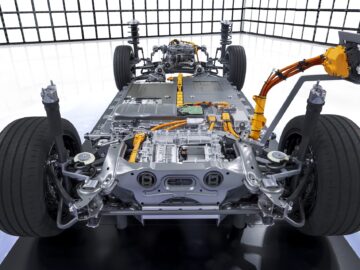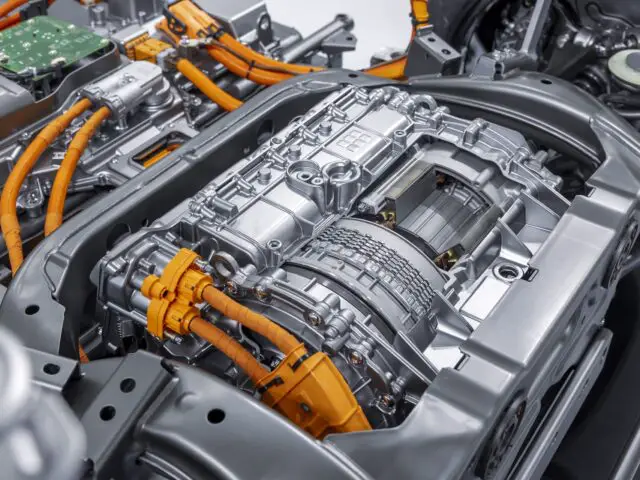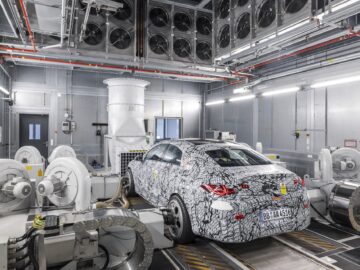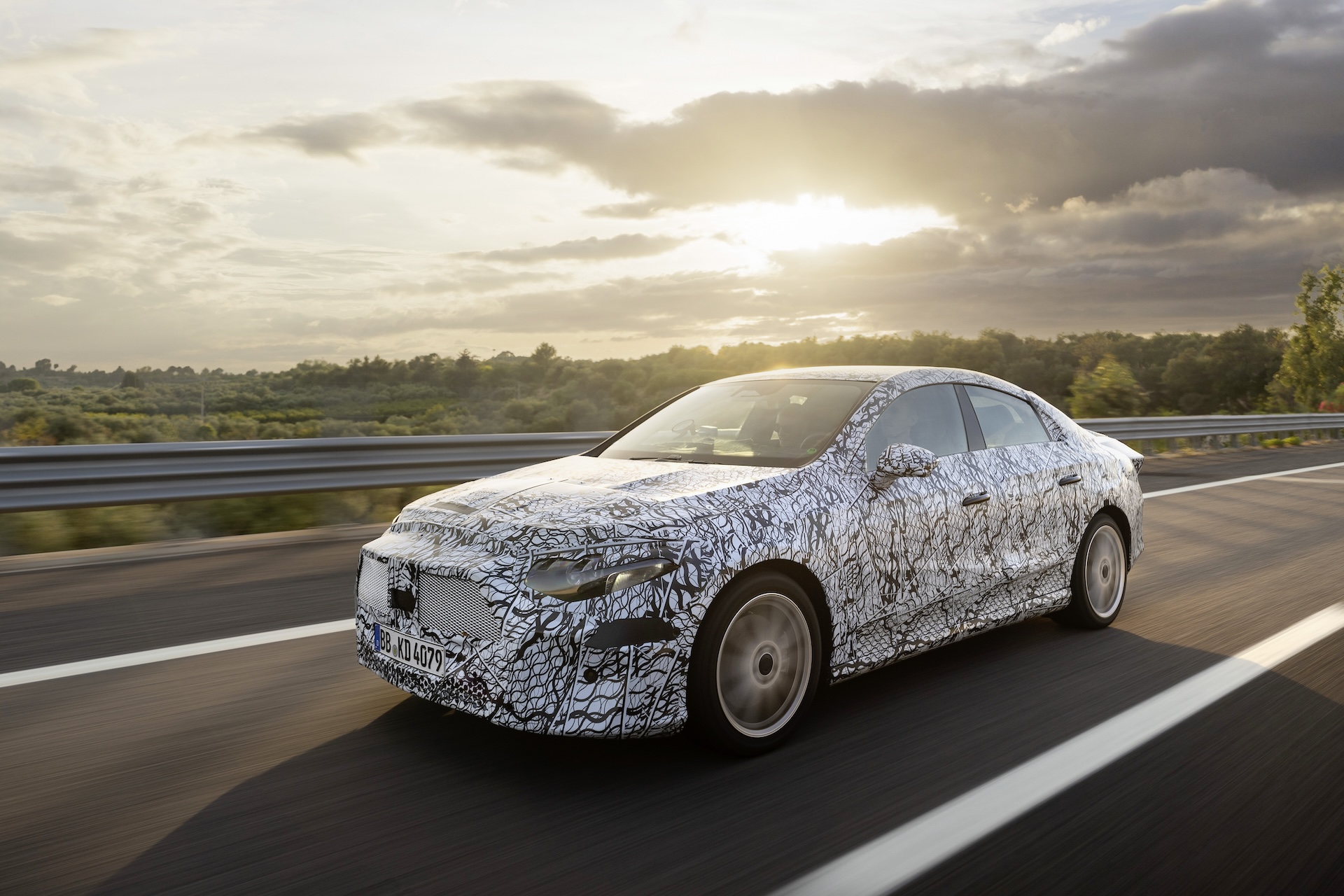Mercedes-Benz’s new MMA platform: here’s what to expect
Mercedes-Benz MMA: a skateboard chassis
At the heart of the flexible Mercedes-Benz MMA vehicle architecture is the so-called skateboard chassis, a base plate designed primarily for electric cars, including the associated drive and chassis components. The body design varies: in the newly defined entry-level segment, Mercedes-Benz plans a family of a total of four models. In addition to the CLA as a four-door limousine, these include a shooting brake and two SUVs.
The first MMA model
The flexible MMA architecture marks the next step toward Mercedes-Benz’s electric future. In the development of the new powertrain, the brand’s long-standing technical expertise in this field was applied. This applies to both the HV components and the mechanical components such as the transmissions. The Electric Drive Unit (EDU 2.0) is the first of a new generation of electric drive units from Mercedes-Benz. The highly integrated units form an intelligent modular system.
The structure of MMA
With the main drive unit on the rear axle for optimal traction and handling, Mercedes-Benz is now introducing a drive layout in the entry-level segment familiar from the mid- and luxury class. The 200 kW electric drive unit with permanently excited synchronous motor (PSM) on the rear axle was developed entirely in-house by Mercedes-Benz engineers. The powerful power electronics are equipped with a silicon carbide (SiC) inverter for particularly efficient energy consumption. The transmission control and inverter are highly integrated into one component. The drive unit is built in Untertürkheim.
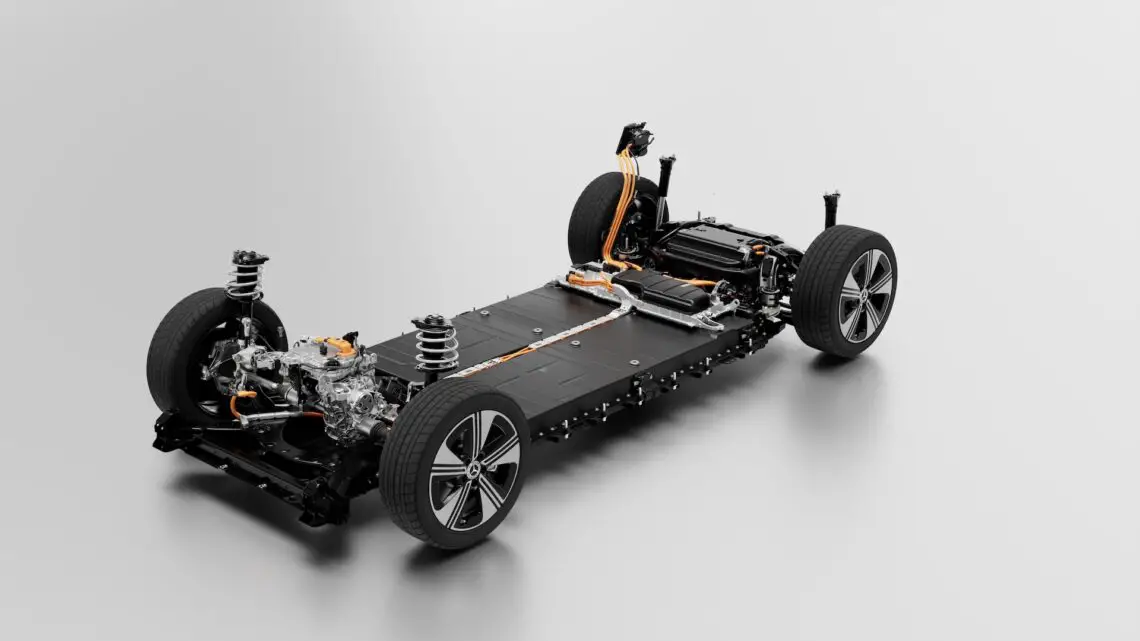
EDU 2.0
The EDU 2.0 combines the conflicting goals of maximum torque, top speed and exemplary efficiency, especially under real-world driving conditions. The high torque is useful when driving over mountain passes or towing trailers. Another strong point is the compact size of the EDU 2.0, which benefits interior dimensions and boot volume.
4MATIC: also 80 kW drive unit on the front axle
The 4MATIC models also have an 80 kW drive unit on the front axle. In the interest of efficiency, this is also equipped with a new silicon carbide (SiC) inverter. It is designed as a permanently excited synchronous motor (PSM). The front electric motor acts as a “boost” drive unit. Depending on the driving situation or driving program, it is engaged only when power or traction is required. This task is performed by the Disconnect Unit (DCU), which Mercedes-Benz is now applying for the first time in the entry-level segment.
‘1-liter car’
For greater efficiency, the DCU can disengage the electric motor on the front axle at lightning speed when the load is low so that the electric motor and parts of the transmission are not engaged. This reduces front axle losses by 90 percent and increases range. In the case of the Concept CLA Class, this would correspond to a range of more than 750 km (WLTP) . With energy consumption of only 12 kWh/100 km, the Concept CLA Class could become the “1-liter car” of the electric age.
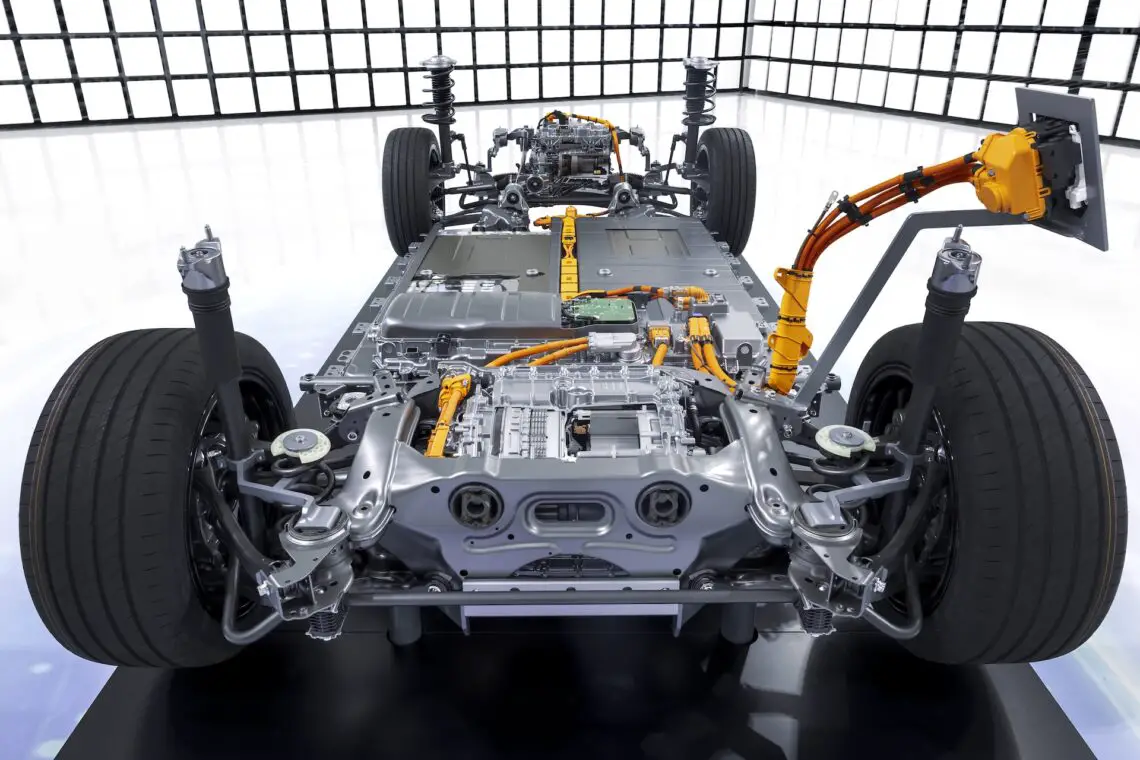
Insight Drivetrains & Efficiency Sindelfingen 2024
Charging within 10 minutes
Mercedes-Benz is using an 800V electric architecture for the first time. The system ensures maximum efficiency and performance and, combined with the new battery generation, can significantly reduce charging time. The Concept CLA Class can top up a range of up to 300 km within 10 minutes with DC charging. Thanks to its focus on time efficiency, the CLA has already outperformed other near-production electric models in a record attempt: during a 24-hour test drive at Nardò in southern Italy, a pre-series model covered a distance of exactly 3,717 km in 24 hours. The two-stage transmission on the main rear axle drive not only contributes to efficiency, but also allows extremely dynamic driving performance.
Two batteries with different cell chemistry
Customers can choose between two batteries with different cell chemistry. The cells of the premium version with a total usable energy content of 85 kWh have anodes in which silicon oxide has been added to the graphite. Compared to the previous battery with conventional graphite anodes, the gravimetric energy density is up to 20 percent higher. At the cell level, the volumetric energy density of the cell chemistry is 680 Wh/l. The use of raw materials has been further optimized and reduced. In particular, the proportion of cobalt has been further reduced.
The other battery is an entry-level version with a lithium iron phosphate (LFP) cathode. The usable energy content is 58 kWh and the volumetric energy density of the cell chemistry is 450 Wh/l.
New hybrid can also drive fully electric
The vehicles with MMA architecture also become available as hybrid with 48V-t technology. The electric motor with 20 kW of drive power is integrated into a new electrified eight-speed dual-clutch transmission (8F-eDCT) in combination with an inverter. Electrical power of up to 1.3 kWh is provided by a new 48V battery with lithium-ion technology and flat-pack design.
Other features include energy recuperation and the ability to drive fully electric at lower speeds such as in the city. This is enhanced by the ability to “sail” (roll out) electrically at speeds up to about 100 km/h. The combustion engine is a new FAME (Family of Modular Engines) four-cylinder gasoline engine. The hybrid is initially available in three power ratings with 100, 120 or 140 kW.

